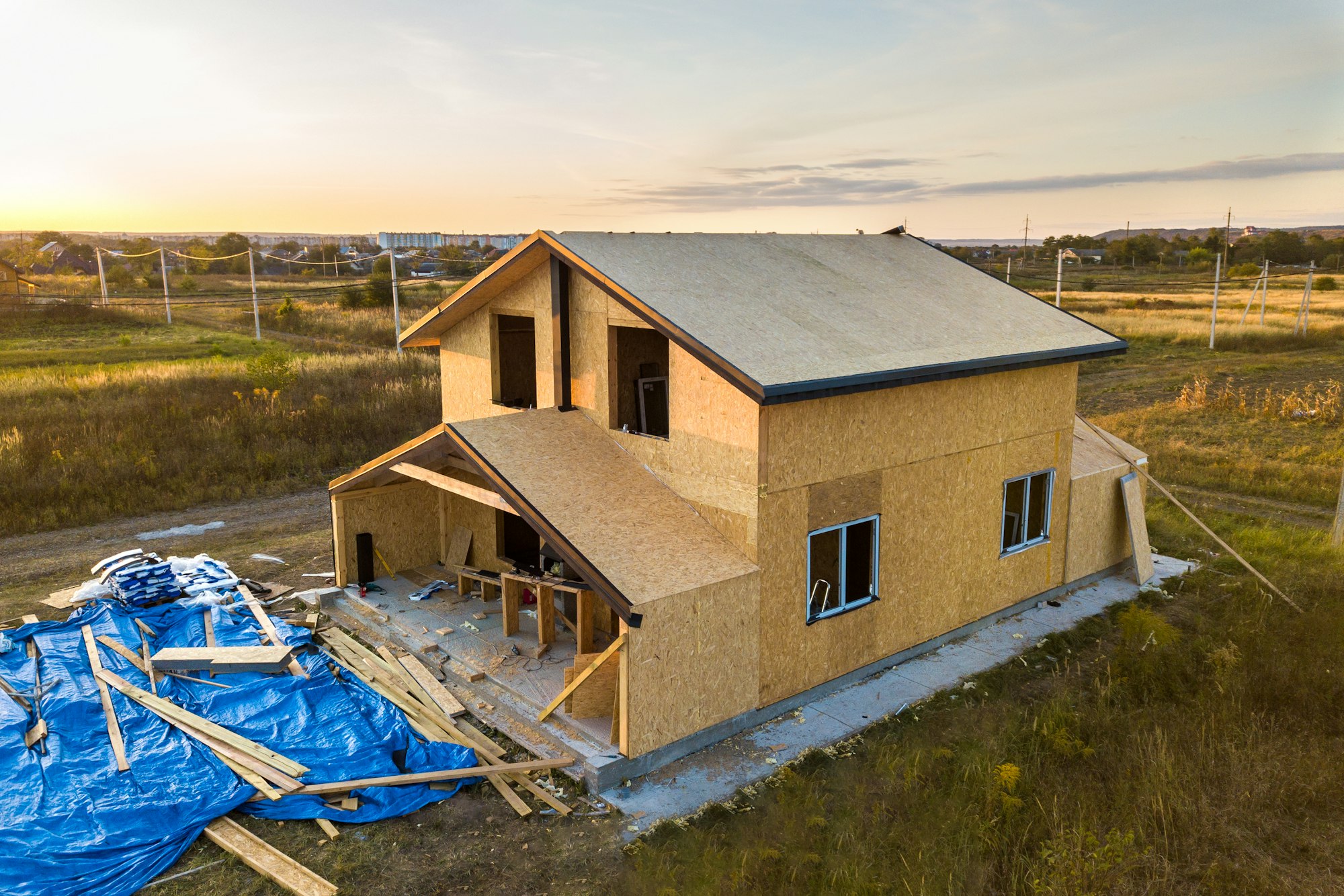Across the globe, cities are grappling with housing crises and the UK is no exception. Rising population, soaring house prices, and an undersupply of affordable homes have combined to create a situation where many individuals and families struggle to find suitable accommodation. Among numerous solutions being explored is modular construction. This modern method of building could potentially change the face of the UK housing industry.
The present UK housing crisis
The UK housing crisis is a multifaceted issue. It’s not just about the lack of affordable homes, but also about the quality of the available housing stock, and the speed at which new homes can be built. Traditional building methods are time-consuming and often hampered by delays, such as adverse weather conditions or on-site errors. The construction industry also faces challenges such as labour shortage and rising material costs.
Dans le meme genre : How to Ensure Your UK Property is Compliant with Fire Safety Regulations?
Moreover, the climatic crisis demands a sustainable approach to building, adding another layer of complexity to the issue. As a result, the industry is contemplating alternative construction methods. One such method that is gaining traction is offsite modular construction.
What is modular construction?
Modular construction is a method where buildings or components of buildings are manufactured offsite in a controlled factory environment. These units, also known as ‘modules’, are then transported to the site and assembled to complete the construction. This method offers several advantages over traditional methods, including speed, cost-effectiveness, and sustainability.
Cela peut vous intéresser : What Are the Emerging Trends in Bristol’s Real Estate Market for Young Professionals?
This method is not a new concept. The post-war era saw the use of prefabricated houses to combat housing shortages. However, the modern iteration of modular construction is a far cry from these early examples. Advances in design and production techniques have allowed for increasingly sophisticated modular buildings, with quality and aesthetics that rival traditional constructions.
The benefits of modular construction
Speed of construction
Speed is one of the most prominent advantages of modular construction. Because the modules are manufactured offsite, the construction process can continue uninterrupted, regardless of weather conditions. As the modules are produced in a factory setting, it also eliminates the possibility of on-site errors that could cause delays.
Cost-effectiveness
Modular construction is often more cost-effective than traditional building methods. The controlled factory environment allows for bulk purchasing of materials and more efficient use, reducing material costs. Moreover, the shorter construction timeline means reduced labour costs.
Sustainability
In the face of a global energy crisis, the construction industry is under immense pressure to reduce its carbon footprint. Modular construction offers a more sustainable alternative to traditional construction methods. The manufacturing process produces less waste, and the buildings themselves are often more energy-efficient, resulting in lower energy costs for the occupants.
Challenges with modular construction
Despite its many benefits, modular construction is not without its challenges. For one, there’s the issue of perception. Many people still associate modular construction with the low-quality, uninspiring designs of post-war prefab homes. However, as earlier stated, modern modular constructions are now able to deliver high-quality, aesthetically pleasing buildings.
Additionally, there’s the question of scalability. The UK housing crisis requires a large-scale solution, yet most modular construction companies in the UK are small to medium-sized enterprises. While these firms have the capacity to deliver individual projects, they may struggle to meet the demand for large-scale housing developments.
How modular construction could solve the UK housing crisis
Given the advantages of modular construction, it’s plausible to argue that this method could offer a viable solution to the UK’s housing crisis. By increasing the speed of construction, it could help to ramp up the supply of new homes. Additionally, the cost savings could make housing more affordable, while the sustainability aspect aligns with the need for an environmentally friendly approach to construction.
However, to fully realise the potential of modular construction, the associated challenges need to be addressed. This will require a concerted effort from all stakeholders, including the government, the construction industry, and the public.
Overall, the adoption of modular construction presents an exciting opportunity to revolutionise the UK housing industry. By harnessing the power of this innovative building method, the UK could pave the way for a more sustainable, cost-effective, and rapid solution to its housing crisis.
Case Study: Modular Construction Successes
In order to fully understand the potential of modular construction in addressing the UK’s housing crisis, it’s worth examining successful applications of this method around the world. While the UK housing market is unique, these case studies offer helpful insights.
In Sweden, for instance, offsite construction has been used for decades. An estimated 84% of detached houses in Sweden are built using prefabricated elements, and the country has a high proportion of affordable housing. This is a clear testament to the capability of modular construction in large-scale housing provision.
The United States also showcases successful modular construction projects. In New York City, a 32-story residential tower, 461 Dean Street, was constructed using modular techniques. It currently holds the record for the tallest modular building in the world. The construction time was substantially faster than traditional on-site construction, and the project demonstrated the potential of modular construction in creating high-quality, affordable housing.
These examples illustrate the successful adoption of modular construction techniques, delivering quality structures quickly and cost-effectively. The lessons learned from these countries could be invaluable in shaping the approach to the UK’s housing challenge.
Addressing the Challenges of Modular Construction in the United Kingdom
To fully take advantage of modular construction and its benefits, it’s essential to confront its challenges. This starts with changing the perception. Stakeholders must work together to educate the public and policymakers about the advancements in modular construction, dispelling outdated views. High-quality modular homes should be showcased to demonstrate their aesthetic appeal and functionality.
In terms of scalability to meet the demands of the housing market, the government could play a significant role. Providing incentives to support the expansion of modular construction companies, or encouraging mergers and collaborations could help scale up operations.
Also, the regulatory environment should be adjusted to accommodate modular construction methods. This includes updating building codes and safety standards to align with the unique aspects of offsite construction.
Conclusion
The UK’s housing crisis is a complex problem that requires innovative solutions. Modular construction, with its potential for speed, cost-effectiveness, and sustainability, offers a promising alternative to traditional construction methods.
While there are challenges to be addressed, the successful case studies from around the world provide valuable lessons. A concerted effort from all stakeholders, including the government, the construction industry, and the public, is necessary to fully exploit the potential of modular construction.
The adoption of modular construction could revolutionise the UK’s housing industry, paving the way for a more sustainable, cost-effective, and rapid solution to its housing crisis. As we move forward, it’s clear that modular housing can play a critical role in shaping the future of the UK’s housing market.











